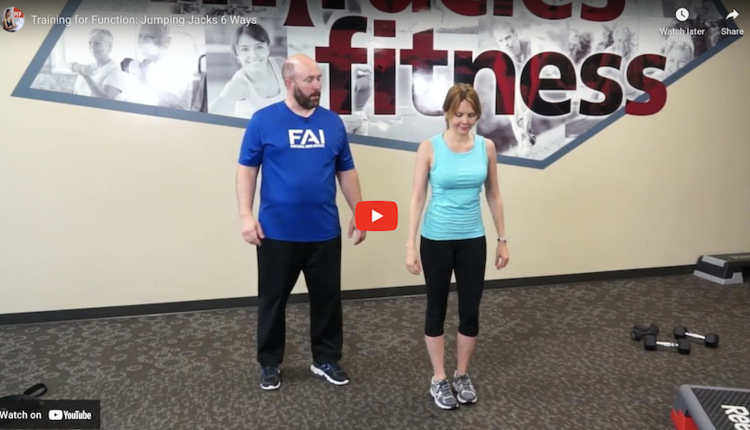
Given the tremendous increase in the popularity of kettlebell training over the past few years, you may already be aware of the need to incorporate it into your programming. But what if you aren't sure how to do that?
First and foremost, you need some serious instruction on how to use kettlebells and cue specific exercises, as well as a committed plan to practice these exercises yourself. You likely wouldn't introduce Olympic barbell lifts to your clients, having only practiced them a handful of times, so you'll want to be sure you take the time to thoroughly practice the kettlebell exercises prior to having your clients do them.
Basic Exercises
That being said, it's easiest and best to start with the basics. There are progressions to every exercise out there; kettlebell training is no different. Basic strength exercises such as the overhead press, various deadlifts and squats are great transition exercises that help introduce kettlebell training and encourage those who are unfamiliar with the unique design to become more comfortable with it.
- Goblet squat: The goblet squat is an excellent kettlebell exercise that is easy to implement as long as your clientele already know how to squat. In the goblet squat, you simply hold the kettlebell on both sides of the handle with the bottom of the kettlebell facing down. The kettlebell stays in a static position at chest level while you perform squats. With that same hand positioning, you can also quickly and easily have your clients doing two-handed presses with the kettlebell.
- Kettlebell swing: The kettlebell swing is an explosive exercise that focuses on training the posterior chain, back, glutes and hamstrings. To perform this exercise, start with the kettlebell about 12-16"â in front of you and with a stance slightly wider than squat-width. Keeping your shins as vertical as possible, sit back with your hips, place both hands on the kettlebell, and hike it back behind your hips, similar to an American football hike. As you stand up with full hip and knee extension, the kettlebell travels from behind the hips to about chest height, with the bottom of the kettlebell facing away from you but never down toward the ground. Gravity then assists the kettlebell back down behind your hips to start the next repetition. (Just a quick note on posture: Make sure the back stays fl at throughout the entire exercise. At the top of the swing, you should feel as though you are at the top of a good deadlift, with the exception of where your arms are.)
- Kettlebell high pull: Similar to the swing, the high pull is also an explosive exercise, but has several variations. The least complex high pull variation starts with the kettlebell between the arches of the feet. Sit back with your hips as you would to deadlift the kettlebell off the floor. As you come to standing, simultaneously pull the kettlebell to chest height in a vertical path, similar to an upright row. The two movements should blend seamlessly together as one. Allow gravity to assist the kettlebell back to the starting position for the next repetition.
- When you incorporate full-body exercises such as the swing and high pull, you spend less time working out while accomplishing more work. This is the ideal scenario for those clients that are looking to lose body fat and increase their overall strength, as well as those who don't have a lot of time to commit to a workout.
These are just some of the very basic kettlebell exercises you can use right away in your own training to quickly perfect and then take to your clients for a noticeable change in body composition.
Benefits of the 'Bells
Incorporating kettlebell training into your workout routines offers a wide variety of options for fitness training programs as well as many benefits to trainers.
For instance, kettlebells themselves are very durable and portable pieces of equipment. If you train people outside or in their homes, it is very easy to travel with just one kettlebell and a few other small pieces of equipment without having to worry about bringing an entire gym setup along with you. Additionally, your knowledge of kettlebell training may enable you to retain clients who are growing tired of the usual machines and free weights.
Kettlebells offer a challenging workout and versatility that can benefit both the trainer and client. There is a significant uniqueness to the design that allows you to use one kettlebell for a multitude of exercises without having to constantly switch back and forth between different sizes for different exercises. Additionally, kettlebell training allows you to perform most exercises both bilaterally and unilaterally.
Read the top three mistakes when using kettlebells in the digital version>>
Pamela MacElree holds a BS from The Pennsylvania State University and is currently completing a master's in Exercise Science from California University of Pennsylvania. She is co-owner of Urban Athlete, which operates a strength and conditioning studio and Brazilian Jiu-Jitsu academy in Philadelphia. For more information on kettlebell training, visit www.KettlebellAthletics.com.










